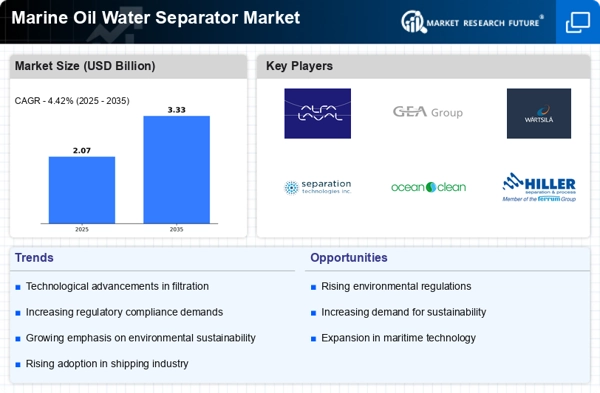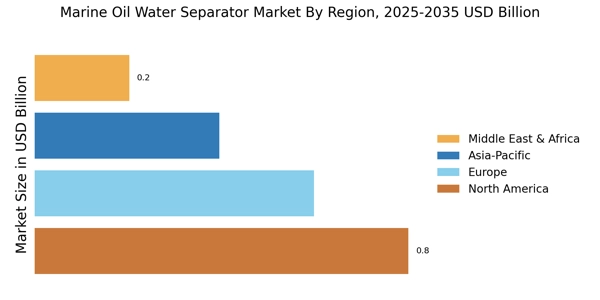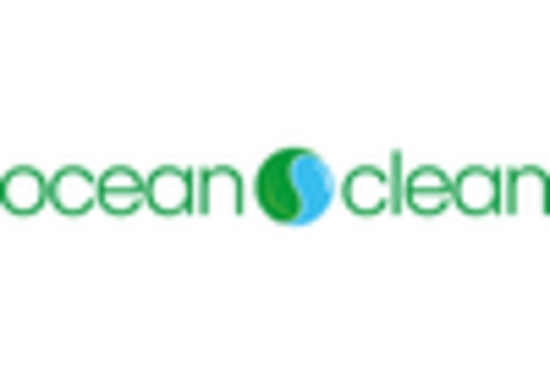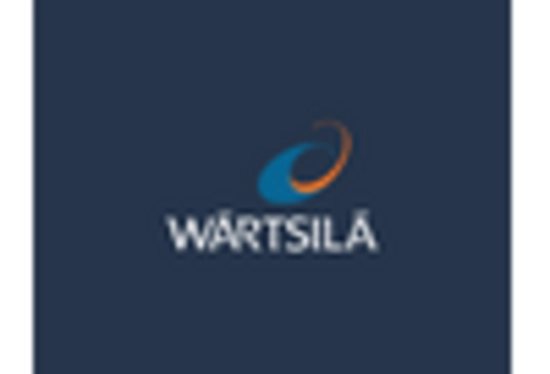Sustainability Focus in Marine Oil Water Separator Market
The growing emphasis on sustainability is significantly influencing the Marine Oil Water Separator Market. As environmental concerns escalate, industries are increasingly prioritizing eco-friendly practices, including the management of oily wastewater. The Marine Oil Water Separator Market is responding to this trend by developing separators that not only meet regulatory requirements but also minimize environmental impact. Companies are investing in research and development to create separators that utilize less energy and produce less waste. This shift towards sustainable solutions is likely to attract investment and drive market growth, as businesses seek to enhance their corporate social responsibility profiles. The Marine Oil Water Separator Market is thus positioned to benefit from this sustainability focus, with an anticipated increase in demand for innovative and environmentally friendly separation technologies.
Regulatory Compliance in Marine Oil Water Separator Market
Regulatory compliance remains a pivotal driver in the Marine Oil Water Separator Market, as governments worldwide enforce stringent regulations regarding oil discharge into marine environments. The International Maritime Organization has established guidelines that mandate the use of effective oil-water separators on vessels to prevent marine pollution. This regulatory landscape compels ship operators to invest in high-quality separators that meet or exceed these standards. Consequently, the market is witnessing a shift towards more advanced and compliant technologies, with a notable increase in demand for separators that can achieve lower oil content in effluent. The Marine Oil Water Separator Market is thus expected to expand, as compliance with these regulations becomes increasingly critical for operational licenses and environmental sustainability.
Increasing Maritime Trade in Marine Oil Water Separator Market
The Marine Oil Water Separator Market is poised for growth due to the increasing volume of maritime trade. As global trade continues to expand, the number of vessels operating in international waters rises, leading to a higher demand for effective oil-water separation solutions. The International Maritime Organization reports that the global shipping industry is expected to grow by approximately 3% annually, which directly correlates with the need for compliant and efficient separators. This trend suggests that ship operators will increasingly invest in advanced Marine Oil Water Separator Market technologies to ensure compliance with environmental regulations and to protect marine ecosystems. Consequently, the Marine Oil Water Separator Market is likely to experience robust growth as maritime trade flourishes.
Technological Advancements in Marine Oil Water Separator Market
The Marine Oil Water Separator Market is experiencing a surge in technological advancements that enhance the efficiency and effectiveness of oil-water separation processes. Innovations such as advanced membrane technologies and automated monitoring systems are being integrated into separators, leading to improved performance and reduced operational costs. For instance, the introduction of smart sensors allows for real-time monitoring of oil content, ensuring compliance with stringent discharge regulations. As a result, the market is projected to grow at a compound annual growth rate of approximately 5.2% over the next five years, driven by these technological improvements. Furthermore, the adoption of digital solutions in the Marine Oil Water Separator Market is likely to streamline operations, making it more attractive for end-users seeking to optimize their processes.
Rising Awareness of Environmental Protection in Marine Oil Water Separator Market
Rising awareness of environmental protection is a crucial driver in the Marine Oil Water Separator Market. As public consciousness regarding marine pollution increases, stakeholders across various sectors are advocating for better waste management practices. This heightened awareness is prompting shipping companies to adopt more effective oil-water separation technologies to mitigate their environmental footprint. The Marine Oil Water Separator Market is responding to this demand by offering innovative solutions that not only comply with regulations but also promote sustainability. The trend indicates a shift towards more responsible operational practices, which is likely to enhance the market's growth trajectory. As environmental stewardship becomes a priority, the Marine Oil Water Separator Market is expected to thrive, driven by the need for cleaner and more efficient separation technologies.


















Leave a Comment